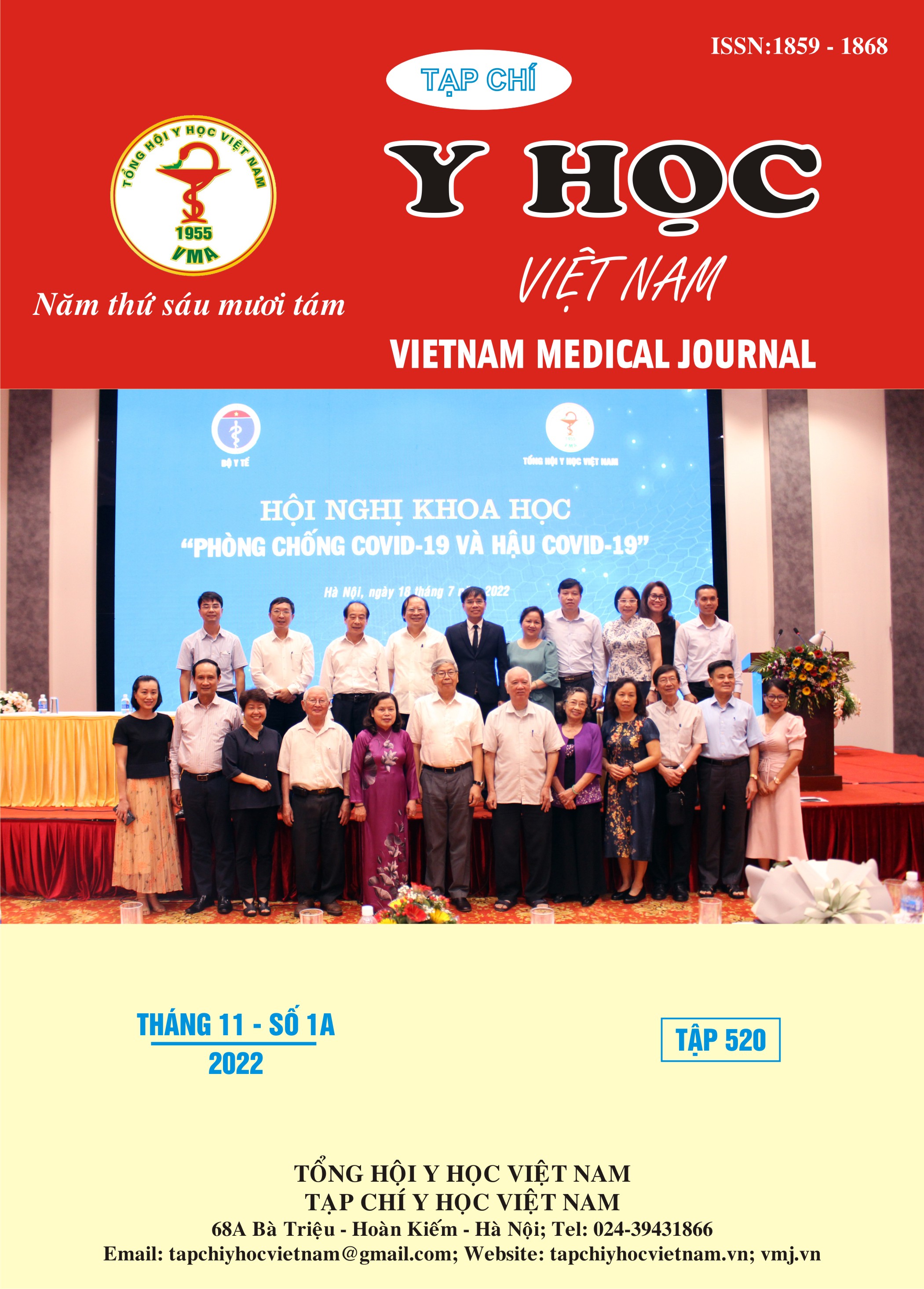STUDYING THE PREDICTIVE VALUE OF EARLY DEATH OF MARSHALL CLASSIFICATION SCALE AND ROTTERDAM SCALE IN SEVERE TRAUMATIC BRAIN INJURY PATIENTS
Main Article Content
Abstract
Objectives: To determine the value of the Marshall classification and Rotterdam CT scale in mortality predictive in severe traumatic brain injury (TBI) patients. Methods: Retrospective and prospective description of 48 patients with sTBI who were admitted to the surgical ICU - 103 Military Hospital from February, 2021 to June, 2022. The patients were subjected to a CT scan on admission, and the CT damage was assessed according to Marshall classification and Rotterdam scale, assessing early outcomes at hospital discharge. Data according to research medical records, data are coded and processed according to statistical methods. Results: Marshall classification and Rotterdam scale were significantly higher in the mortality group than those in the survival group, with p < 0.005. On the ROC curve, the Marshall classification predicts mortality at a moderate level with an area under the curve (AUC) of 0.745. Using a cutoff of 2.5 predicted mortality with a sensitivity of 87.5% and a specificity of 50%. The Rotterdam scale predicts mortality at a good level with AUC of 0.809, at the cut-off point of 3.5 predicts mortality with a sensitivity of 87.5% and a specificity of 71.9%. Conclusion: Marshall classification, Rotterdam scale were significantly higher in the survival group than those in the death group. Rotterdam scale with AUC of 0.809 has a better predictive value of mortality than the Marshall classification, with an AUC of 0.745.
Article Details
Keywords
Severe traumatic brain injury, Marshall classification, Rotterdam scale
References
2. Asim M., El-Menyar A., Parchani A. et al. (2021) Rotterdam and Marshall Scores for Prediction of in-hospital Mortality in Patients with Traumatic Brain Injury: An observational study. Brain Inj. 35 (7): 803-811.
3. Maas A. I., Hukkelhoven C. W., Marshall L. F. et al. (2005) Prediction of outcome in traumatic brain injury with computed tomographic characteristics: a comparison between the computed tomographic classification and combinations of computed tomographic predictors. Neurosurgery. 57 (6): 1173-1182; discussion 1173-1182.
4. Nguyễn Viết Quang (2014) Nghiên cứu mối liên quan giữa glucose máu với thang điểm Glasgow ở bệnh nhân chấn thương sọ não nặng. Y học Thực Hành. 907 (3): 27-30.
5. Dhandapani S., Manju D., Sharma B. et al. (2012) Prognostic significance of age in traumatic brain injury. 3 (02): 131-135.
6. Bùi Xuân Cương và Đồng Văn Hệ (2021) Một số đặc điểm dịch tễ học bệnh nhân chấn thương sọ não tại bệnh viện Việt Đức. Tạp Chí Y Học Việt Nam. 502 (1): 20-25.
7. Turgeon A. F., Lauzier F., Simard J.-F. et al. (2011) Mortality associated with withdrawal of life-sustaining therapy for patients with severe traumatic brain injury: a Canadian multicentre cohort study. 183 (14): 1581-1588.
8. Maas A. I., Steyerberg E. W., Butcher I. et al. (2007) Prognostic value of computerized tomography scan characteristics in traumatic brain injury: results from the IMPACT study. J Neurotrauma. 24 (2): 303-314.
9. Deepika A., Prabhuraj A. R., Saikia A. et al. (2015) Comparison of predictability of Marshall and Rotterdam CT scan scoring system in determining early mortality after traumatic brain injury. Acta Neurochir (Wien). 157 (11): 2033-2038.
10. Waqas M., Shamim M. S., Enam S. F. et al. (2016) Predicting outcomes of decompressive craniectomy: use of Rotterdam Computed Tomography Classification and Marshall Classification. Br J Neurosurg. 30 (2): 258-263.


